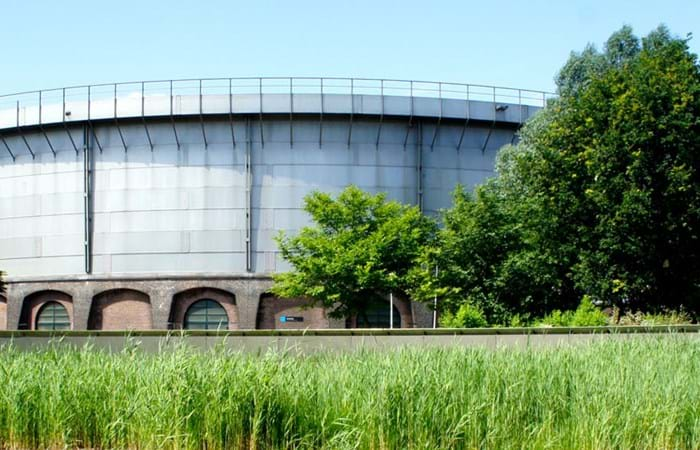The Westergasfabriek was built by the British firm Imperial Continental Gas Association (ICGA) in 1883, and was at the time the biggest coal-fired gas factory in Amsterdam. The project site, covering four hectares, housed coal storage yards, gasometers, purification plants, a water tower and office buildings, all designed by the famous Dutch architect Isaac Gosschalk. The municipal energy company used the site for storage into the early 1990s.
During the 1990s the city authorities decided to develop the site and convert the existing buildings into facilities including a concert hall and a theater. An inner-city park was planned for the surrounding area, featuring ponds, bridges and a large festival site. The only problem was that the site was heavily contaminated. Boskalis Dolman was awarded the contract for the remediation of the factory site in October 2000. Among other actions, we applied the strictest safety standards in order to minimize odor nuisance and safety problems for both our employees and local residents.
